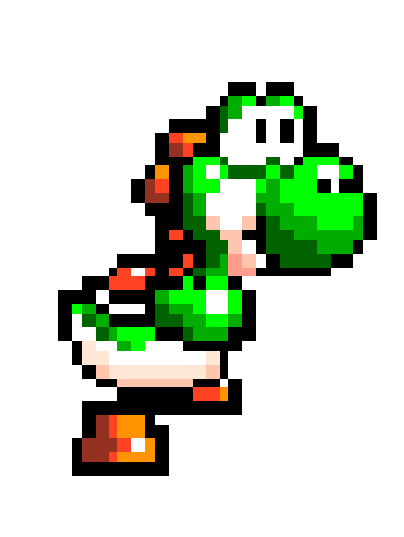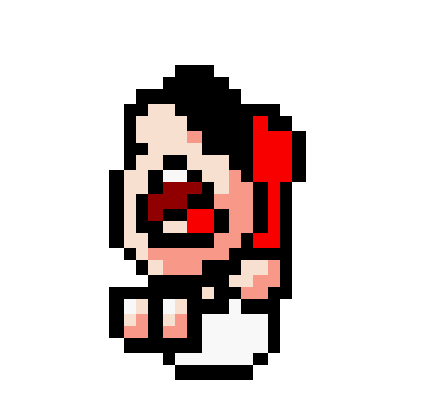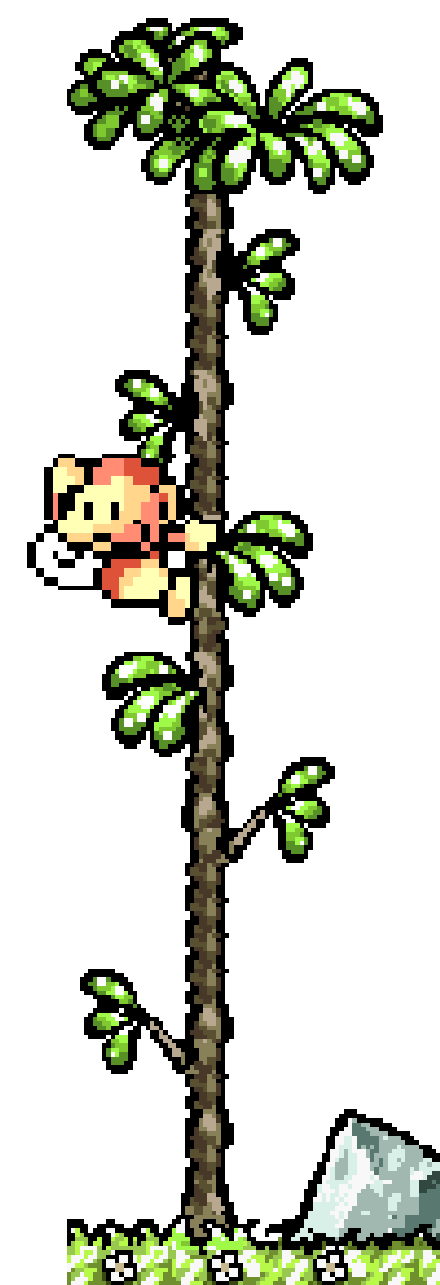After a recent disappointment in our current gaming atmosphere, I had my desire for games rekindled by titles from older generations starting with Majora’s Mask. Still wanting to experience some games that I knew were good and not filled with bugs and glitches, I settled on Yoshi’s Island, the first and still best in the Yoshi series.

They Have Come for the Children
While flying to deliver Baby Mario and Baby Luigi, their stork is attacked by Kamek, that jerk magikoopa you remember from Super Mario World that would often times shoot magic at you, change the block you were standing on into a goomba or something, and make you fall into a pit and die. In hindsight, it makes a bit more sense for Kamek to be angry at Mario from what happens in Yoshi’s Island, but he still attacked the babies unprovoked so he’s pretty much just the worst.
The babies are dislodged from the beak of their stork friend, and while the target was both babies, only Luigi gets captured by Kamek because heaven forbid Luigi gets to star in anything fun. Baby Mario falls at terminal velocity towards the earth but lands safely on the back of a green yoshi on Yoshi’s Island. Somehow the yoshis interpret what happened to this strange, human child, and set of to rescue the brother they assume exists.
An interesting thing that this set up tells us is that between the world of storks and babies and the human world lies the Mushroom Kingdom. So that’s something to chew on.
But that’s the story. It’s a Mario game, so there needs not be much of one.

Hey, Look At That
Vague memories of the time this game came out can be picked from my brain if I really try. At this point, the reviews I read in EGM or Nintendo Power have all gelled together into a memory fruitcake that says, “This game looks great!” And true, at the time crayon inspired landscapes that make up this island of yoshis was nothing that we had ever really seen before in a game. “How could this 16-bit machine to this?” they said. Well it did, and it looked great.
I’m glad to find out that visually this game still holds up. Like, really well even. Sprites generally benefit from not becoming ugly over time like the rough polygons of the N64 era do, but I’m happy to rediscover the visual pleasantness of this game.
Beyond just its looks, the game incorporates tons of sprite scaling and warping, and during that time we weren’t really used to that sort of thing so it was all pretty fresh and cool. And although the scaling sometimes looks a little weird, it definitely works. Take, for example, getting “dizzy.” On a couple of levels in the game, when yoshi touches flying, white puff balls (i.e. Fuzzies), yoshi would get dizzy and the entire level would begin to ripple and warp along with the soundtrack, making it difficult to traverse the rest of the level.
This game was just full of all kinds of fun, new things for the time.
[youtube https://www.youtube.com/watch?v=_2yeRivbTcM&w=1100]

The Throwing of the Eggs
Even though Yoshi, as far as I know, is male, he definitely lays a lot of eggs. It might be moot to explain Yoshi’s affinity for eating and producing immediate eggs, but in case some crazy person reading this hasn’t had any experience with Yoshi, here we go.
To accommodate his voracious appetite, Yoshi adds in throwing projectiles. When Yoshi eats an enemy and produces an egg, that egg (and several other already-produced eggs) follows Yoshi around until you decide to throw it. An aiming arc comes up when the player presses A, and with another press Yoshi will throw the egg expertly in a straight line at whatever angle the reticle is at the time. The arc moves up and down in front of Yoshi, giving him a range of angles to throw eggs, but the player can hold R and lock in an angle for more precision.
You’ll be throwing eggs as your main means of defeating bad guys and solving puzzles, so getting used to its mechanics is paramount. Luckily, like most gameplay conceits in Nintendo titles, getting used to the mechanic comes quickly, and before long you’ll be eating baddies and producing and launching eggs without having to think.
But let’s not downplay the deceptively challenging platforming. Yoshi has the benefit of hovering in air for a short time when holding down the jump button, and with that knowledge it’s pretty easy to think that landing on a platform will be easy and without issue. You would be incorrect. Due to various things – enemies who bump you, one block width platforms, Yoshi’s not-so-exact landing technique – it’s not always a simple matter of utilizing Yoshi’s float to land where you need.
And that’s not to say that Yoshi controls poorly. Not at all. He just simply has a certain weight that you have to get used to. The game controls wonderfully, in fact, but Mario’s more precise platforming is for Mario. Yoshi has his own feel.
The only major point of contention I have with the gameplay is that occasionally Yoshi gets a chance to turn into various things – modes of transportation, animals – that, for me, kind of slow the game down and aren’t as fun as the core gameplay. Yoshi can turn into a helicopter, a mole, a train, a race car, and a submarine by jumping into blocks corresponding with those things. The game still controls just fine, but these transformations just are never really that fun for me, especially that super slow mole. Curse you, mole!
Still the Best
Enough words have been written about Yoshi’s Island that these thousand or so words here really aren’t necessary, but if somehow you have never had the chance to play this title, do yourself a favor and give it a shot. It is certainly the best Yoshi title that has ever been created, and it stands as one of the best platformers released ever.
The game can be found on the eShop finally. It only took Nintendo the entire console cycle of the Wii and two years into the Wii U to get it out there, but it’s available and totally worth it.